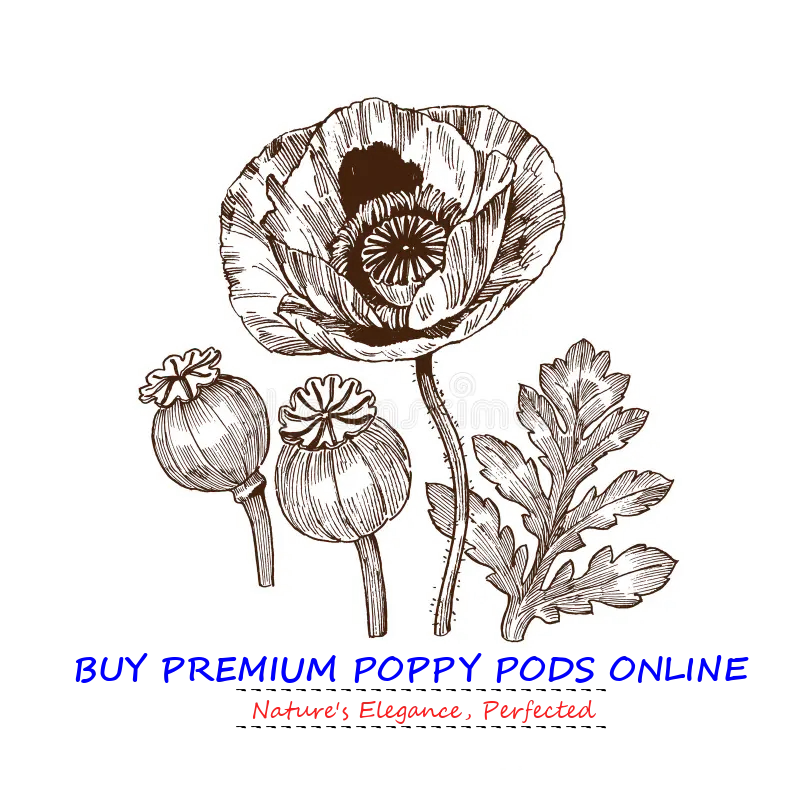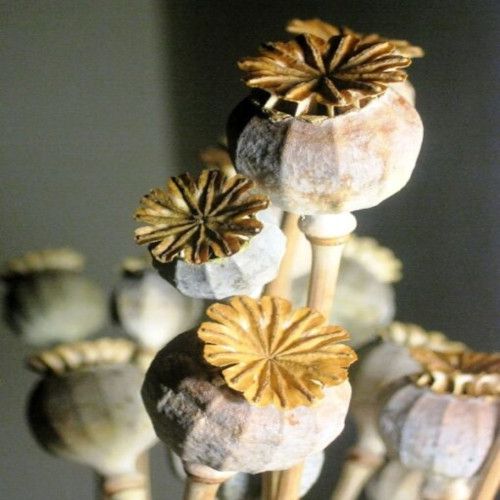Creative Home Décor with Natural Elements
Comprehensive Guide to Poppy Pods: Uses, Benefits, and Growing Tips
Introduction
Guide to Poppy Pods Online and have a rich history and offer numerous uses, ranging from traditional medicine to modern crafts. In this guide, you’ll learn everything about these intriguing plants.
What Are Poppy Pods?
Poppy pods are the seed capsules of the shop, scientifically known as Papaver somniferum. Their rounded shape and intricate patterns make them popular in various applications. While several types exist, the most common are opium poppy pods. Historically, cultures valued them for their seeds and medicinal properties.
Uses of Poppy Pods
For centuries, different cultures have used poppy pods in various ways. Here are some common uses:
Traditional Uses
People traditionally used poppy pods for their calming effects. Many remedies included them to alleviate pain and induce relaxation.
Modern Applications
Today, poppy pods are widely used in crafts and home décor. They make excellent wreaths, potpourri, and other decorative items. Their unique shape and texture add an artistic touch to many projects.
Medicinal Uses
In regions where it’s legal, poppy pods still serve medicinal purposes. They contain alkaloids that help with pain relief and sedation. However, their medicinal use is highly regulated due to their potential for misuse.
Benefits of Poppy Pods
Poppy pods offer several benefits:
Health Benefits
- Pain Relief: The alkaloids in poppy pods alleviate pain.
- Relaxation: Their calming properties help reduce stress and anxiety.
Cultural and Artistic Significance
Many cultures see poppy pods as symbols of beauty and tranquility. Artists often use them in traditional and contemporary art, making them a versatile element.
How to Grow Poppy Pods
Growing poppy pods can be a rewarding experience. Follow these tips to get started:
Best Climates and Soil Types
Poppy pods thrive in well-drained soil and sunny locations. While they prefer temperate climates, they adapt to various conditions with proper care.
Planting and Care Tips
- Sow Seeds: Scatter seeds in early spring or fall. Poppy seeds need light to germinate, so don’t cover them with soil.
- Watering: Keep the soil moist but not waterlogged. Once established, poppy plants tolerate drought.
- Fertilizing: Use a balanced fertilizer during the growing season to promote healthy growth.
Harvesting and Drying
- Harvesting: Poppy pods are ready to harvest when they turn light brown. Cut them from the plant and allow them to dry in a well-ventilated area.
- Drying: Hang the pods upside down in a dry, dark place until completely dry.
Legal Considerations
Before growing and using poppy pods, check the legal status in your region. Some areas restrict or regulate poppy cultivation due to their potential for producing opiates. Always comply with local laws and regulations.
Creative Ideas for Using Poppy Pods
Poppy pods offer versatility in various DIY projects. Here are some creative ideas:
DIY Crafts and Decoration
- Wreaths: Create beautiful wreaths using dried poppy pods and other natural elements.
- Potpourri: Add dried poppy pods to potpourri mixes for unique texture and fragrance.
- Floral Arrangements: Incorporate poppy pods into dried floral arrangements for a rustic, natural look.
Recipes (If Applicable)
In some cultures, people use poppy seeds in cooking and baking. They add a nutty flavor and crunchy texture to various dishes.
Frequently Asked Questions (FAQs)
Can I grow poppy pods at home?
Yes, but check local regulations as legality varies by region. Some places restrict poppy cultivation.
What are the benefits of poppy pods?
Poppy pods offer pain relief, relaxation, and artistic value. They are also used in crafts and decorations.
Conclusion
Guide to Poppy Pods Online fascinate with their wide range of uses and benefits. Whether you’re a gardener, crafter, or enthusiast, you’ll find much to explore with these versatile pods. Remember to check local regulations and use them responsibly.

